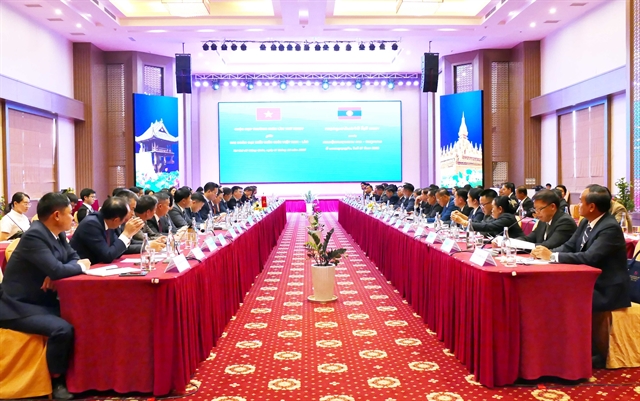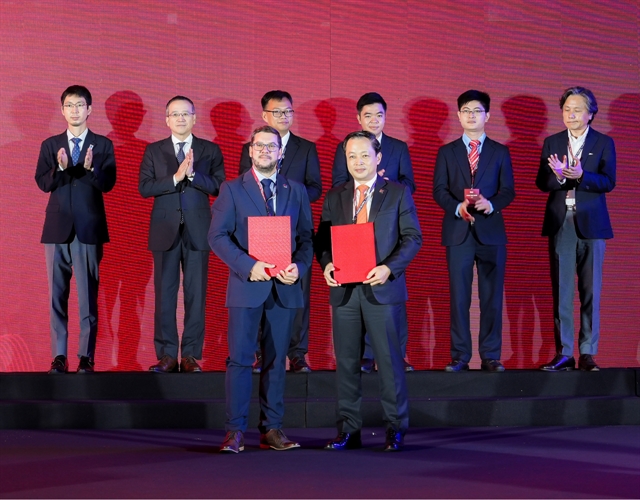 Politics & Law
Politics & Law

He and his Chinese counterpart Liu Zhenmin co-chaired a meeting in China’s Nanning city yesterday. The purpose of the event was to review the five-year implementation of the protocol on border demarcation and marker planting, the agreement on border management regulations, and the agreement on border gates and land border gate management regulations.
The event was attended by officials of the two countries’ ministries of foreign affairs, public security and national defence, relevant agencies, and border provinces.
Trung noted that on November 18, 2009, the Vietnamese and Chinese Governments signed the three legal documents on the land border, opening a new chapter in their land border relations.
Thanks to these documents, Việt
The ensured stability and security, along with the associated socioeconomic development thanks to the bilateral agreements, have given a facelift to the material and spiritual life of border residents, the official noted.
He also pointed out obstacles to implementing the three agreements. These obstacles relate to the interpretation and application of the documents’ regulations to precisely determine the direction of the borderline in some areas of complex terrain and to build border structures.
The two sides also encountered problems in managing workers seeking jobs across the border. Slow implementation of some bilateral agreements is also an ongoing issue, Trung said. He added that the two sides should also increase coordination to deal with non-traditional security challenges.
For his part, Chinese Deputy Foreign Minister Liu underlined the significance and effectiveness of the legal documents.
He cited statistics that show some 23,000 people cross through the border gates daily. Cross-border trade is valued at US$70 million every day.
The Chinese official emphasised the three legal documents herald a new chapter in bilateral relations. The documents create solid foundations for border management and for the peaceful settlement of disputes through consultation and negotiation.
He asked both sides’ managerial agencies to continue close and comprehensive exchanges on border co-operation and management. He suggested the two sides should devise cooperation models, improve customs clearance, foster cross-border trade, facilitate cross-border travel, and hold more friendship exchanges.
At the meeting, the two sides discussed collaboration in border management and law adherence, facilitation of customs clearance and border gate opening, cross-border economic and tourism partnerships, border transport connectivity, and building infrastructure. — VNS




